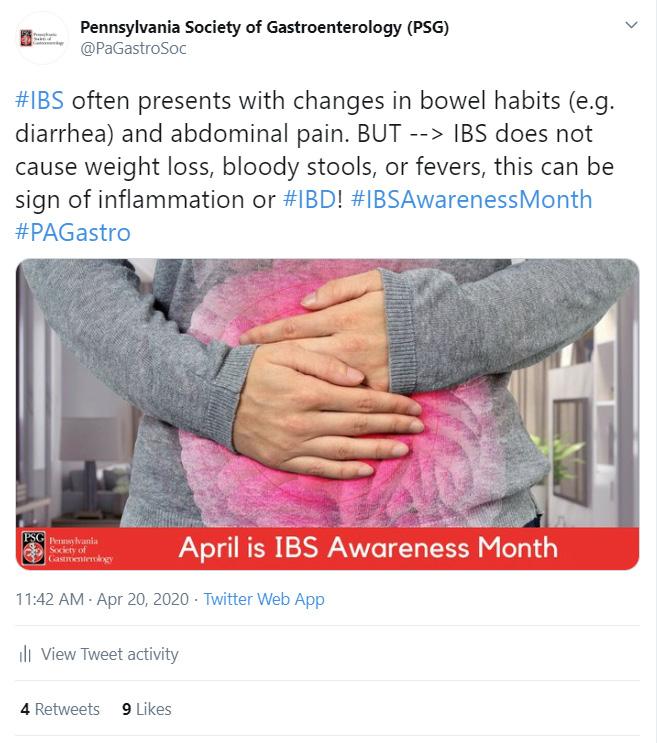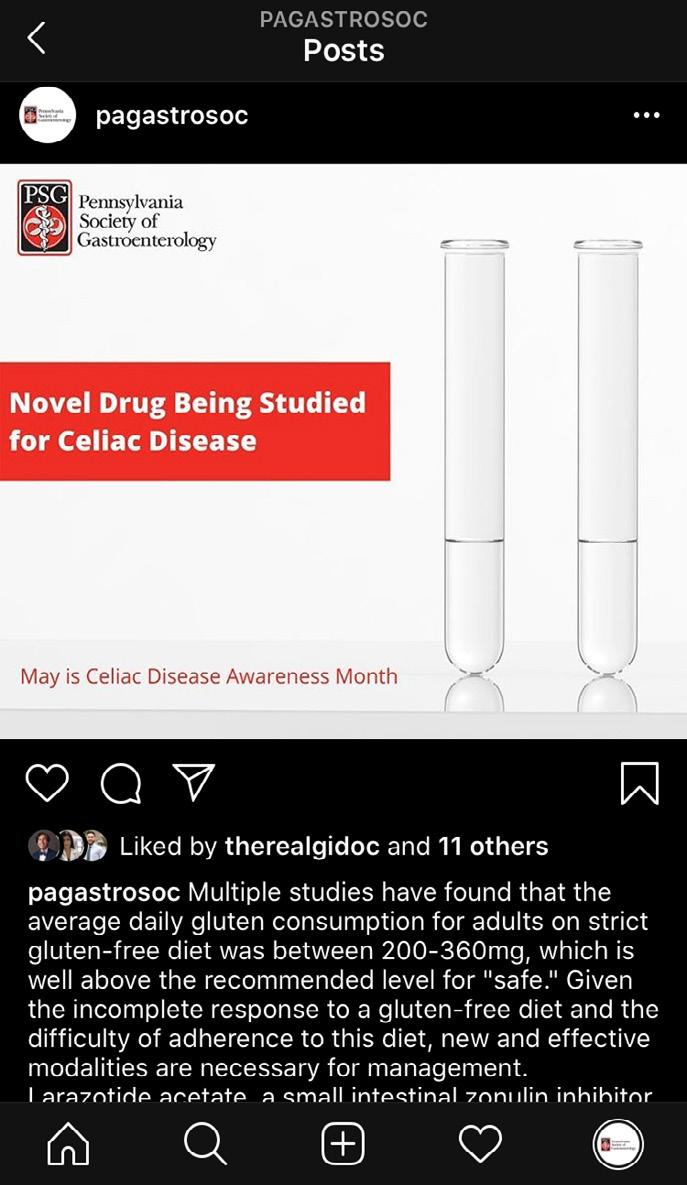
4 minute read
Practice Mgmt Update
Practice Management Update Time to Update your Practice Insurance Contracts
Ralph D. McKibbin, MD, FACP, FACG, AGAF
Advertisement
@RalphMcKibbin
—Jim Rohn, American entrepreneur, author, and motivational speaker he COVID-19 worldwide crisis is T fundamentally changing how we conduct business. In the private sector, online shopping and work from home are becoming much more common. In office practice, telemedicine, for example, is common and likely to remain. As we emerge from the initial crisis stages and work to restart our practices, we often hear comments such as “I can’t wait to get back to normal.” This is likely never going to happen. What is coming is the “next normal” which will not be identical to the old days. Periods of crisis are known to accelerate disruptive change and we can expect that over the coming years there will be progressive changes to both our personal and professional lives. Our clinical practices will change with such things as more telehealth, PPE, handwashing, and patient screening. On the practice management side, we can expect such things as employee temperature screening and required sick time utilization. We should also expect regulatory and legislative changes designed to raise money for strained governments, increase insurance carrier reserves, expand employee paid time off and FMLA issues. Patient access to care limitations are also accelerating. We need to manage these practice overhead issues, but it is, perhaps, more important to remember that we also need to change our relationship with our payers and insurance carriers to keep our contracts from becoming outdated. Automatic contract renewals can leave us unaware that we are leaving money on the table. Contracts also contain important provisions covering claims payments terms, medical necessity, appeal processes, notification for policy changes, credentialing requirements, termination, etc. Static payments and rising overhead leads to thin margins. A continuous or scheduled review of existing contracts is best to stay on top of our payer contracts to minimize restrictions and to keep our payments up to date but a review at this time is needed. The process of contract negotiation can be summarized as 1) review of existing data 2) analysis to determine goals and leverage and 3) the negotiation. The Review: It is important to invest time and energy in proper preparation. The team that will be involved should become familiar with the definitions of terms and state contract requirements and gain understanding of the position of each health plan and its place in the regional market. Information gathering should be approached with the use of checklists. The core areas include contract basics, carrier data, financial data and practice service and quality data. The American College of Gastroenterology (ACG) has toolbox articles which identify core areas for review. Other sources include the PAMED, AMA and practice management groups such as Medical Group Management Association (MGMA) and the American Association for Physician Leadership (AAPL).
The Analysis: A focused review of the data and a detailed discussion should be done with the intent of answering two questions: What do we want to negotiate? What is our leverage? Choose several concrete goals and prioritize which is most important. Reviewing existing contracts for such items as days the payer has to pay the claim, claim denial dispute procedures, the fee schedule, notice periods and contract renewal options will identify contract provisions and clauses that need to be negotiated. Determining your leverage is necessary to determine your value in different areas. As noted in the quote from Jim Rohn, this is how
you can negotiate for the best rates and terms. You must differentiate yourself and show your value to the carrier, the patients, and the community if you wish to be fully compensated. Examples of leverage are caring for a large percentage of the carrier’s patients, high quality, and low costs. Contract negotiating guides will expand on these concepts.
The Negotiation: It is important to realize that negotiation is a process. Many negotiation guides exist but basic principles are similar. Several meetings between you and the carrier are necessary so that each side can listen to the issues on the table and build a relationship. pre-established goals facilitate the needed give and take which result in final agreement. Contract acceptance in your practice may require a group approval, so this concrete list of prioritized goals developed at the time of review can help prevent stalemates. After agreement, a careful review of the contract for accuracy is needed. All terms should be defined in an appendix. A debriefing with the team helps define ways to improve the process for the next cycle. And finally, you should try your best to build a longterm relationship to facilitate future negotiations. It is expected that major changes are coming soon and we need to move now to successfully adapt to this next normal.
PSG SoMe Update
PSG Social Media Ambassador’s have been working hard to generate meaningful content on our Facebook, Twitter and Instagram. Since the launch of our Social Media Ambassador program in March, the Ambassador’s have covered content on COVID-19, Telehealth, IBS and Celiac Disease Awareness, and more! Engagement on our social channels have increased exponentially since the launch of the Ambassador program, and we are excited to continue that forward momentum with the advent of some new features you will start to see on our social channels very soon. In the meantime, remember to follow @PAGastroSoc on Facebook, Twitter and Instagram to see what our Ambassador’s are up to! #PAGastro


‘Celiac Update’ by Keerthi Kesavarapu, DO








